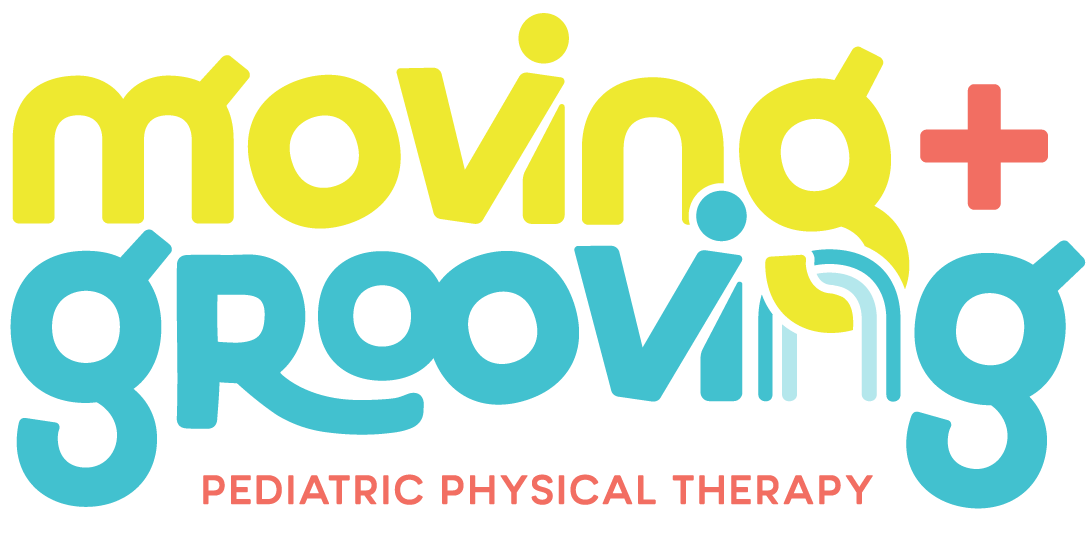
What is the difference between physical therapy and occupational therapy ?
Physical therapy and occupational therapy have a lot of overlap, and may include the same treatment interventions, depending on the diagnosis and concerns of the child. Generally speaking, occupational therapists (OTs) focus on fine motor tasks (activities that require hand eye coordination or use of individual digits like handwriting), the upper extremities (arms), self regulation, activities of daily living (dressing/eating/bathing) and sensory integration (managing how we interact with the environment through our senses). Physical therapists (PTs) generally work on gross motor tasks (walking, running, jumping), mobility, the lower extremities (legs), balance, endurance and overall coordination. Both work on flexibility, improving range of motion, strengthening and reflex integration. If your PT graduated in 2016 or later, they have a doctorate. There are fewer OT schools that offer a doctorate, so many hold a masters degree.
Prior to walking, or during infancy, many OTs and PTs who specialize in pediatrics may feel comfortable working on delayed motor milestones, generalized motor concerns, torticollis, plagiocephaly, brachial plexus injuries, Down syndrome, cerebral palsy, delayed rolling or crawling, etc. If your child has a diagnosis such as autism, Down syndrome, cerebral palsy, or another congenital disorder, your child may benefit from physical and occupational therapy, particularly as they become older and there are more demands placed on them. The rationale for the chosen interventions may differ depending on the specialty, such as reaching in sitting. This may be prescribed by the PT to work on sitting balance and core strengthening. This may be prescribed by the OT to work on hand-eye coordination and upper extremity strengthening. Another example of an intervention prescribed by both is single leg balance. This may be prescribed by the PT to reduce risk of falling when walking and running on the playground with peers. This may be prescribed by the OT to improve independence with donning/doffing shoes or putting on pants independently.
If you feel like your child has motor concerns, M&G offers a free consultation and will inform you whether PT or OT would be the best fit at this time.
